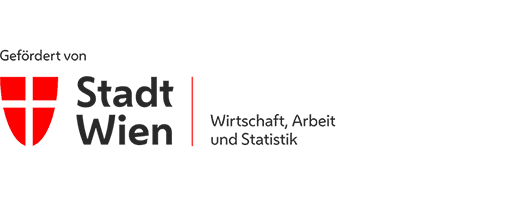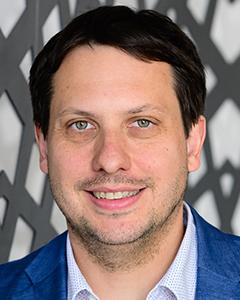Histocytometry – computer-aided analyses of cytoarchitecture and tissue morphology
With the help of this research infrastructure funding from the City of Vienna, state-of-the-art technologies in the field of histological working methods, in particular in the computer-assisted analysis of tissue samples, are to be enabled and established at the UAS Technikum Wien. Histological working methods represent essential and indispensable teaching content in the training of specialists in the field of life sciences and health care, since histological analyses of cytoarchitecture and tissue morphology are used, for example, as routine procedures for diagnosis and therapy selection in medicine, but also to clarify specific questions in basic and applied research. Using this technology, similar to flow cytometry (Fluorescence Activated Cell Sorting/Scanning), a phenotypic and functional analysis of cells in a tissue is possible, but with site-specific information of each individual cell in the tissue. Histocytometry thus enables a previously unattainable depth of information in the analysis of histology sections. The technique of histocytometry is currently gaining ground and its potential is being recognized and exploited especially in basic research areas (e.g. cancer research, vascular research, etc.).
The benefits and opportunities for histocytometry in application-related fields such as tissue engineering and ecotoxicology are more than evident, but have only recently been recognized and exploited. The additional benefit of an instrument for histocytometry is mainly in teaching. On the software side, the system allows rapid and precise recognition and classification of morphological tissue units or automated recognition of cell nuclei. These are just two examples of how artificial intelligence can be used to enable computer-aided and automated evaluation of histological samples. This technique would thus also represent a tapping point for many courses of study in the field of artificial intelligence. The digital image files created by the system are stored on a server and can be made available to researchers, teachers and students through targeted distribution of access rights. This so-called “virtual microscopy” enables (especially in times of the Covid-19 pandemic) the location- and time-independent use of the generated data for research and teaching purposes.


Program Director Master Tissue Engineering & Regenerative Medicine
Research Focus Manager Bioengineering & Molecular Life Science Technologies